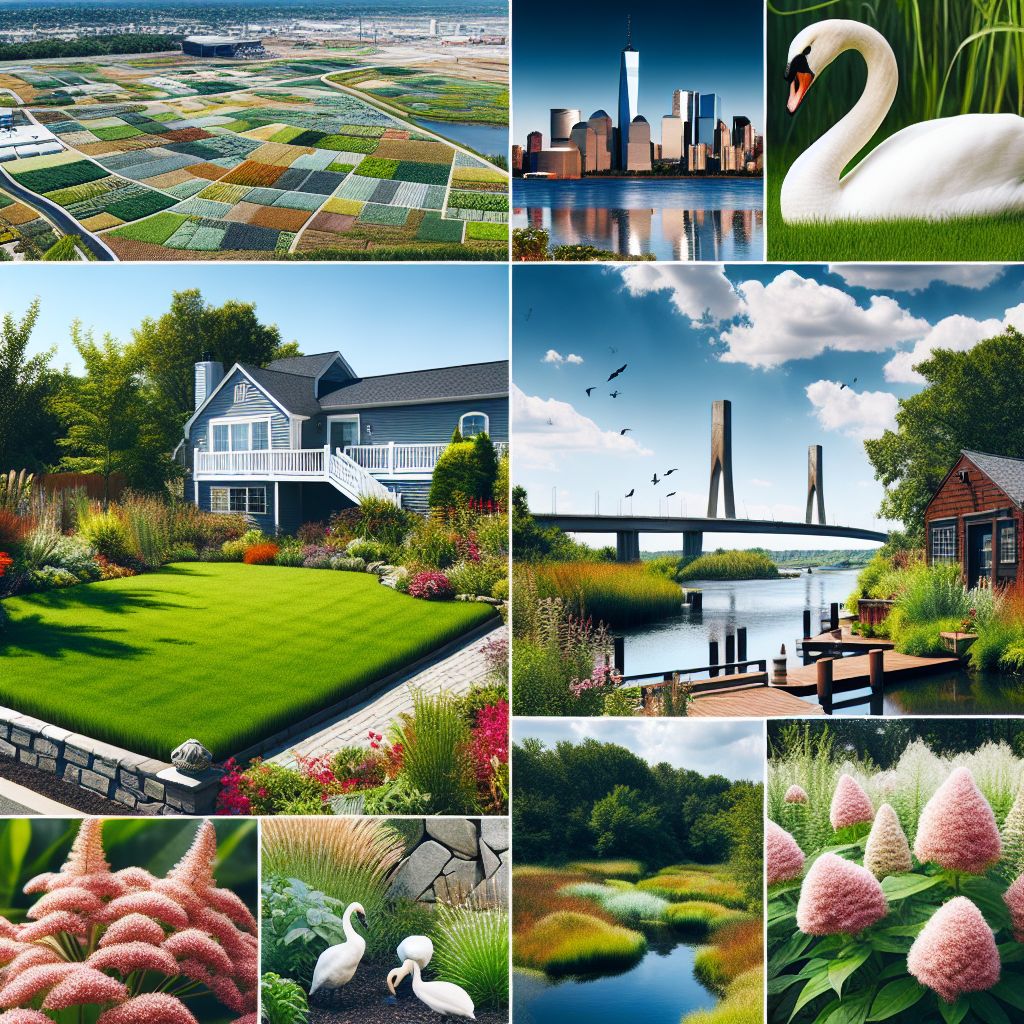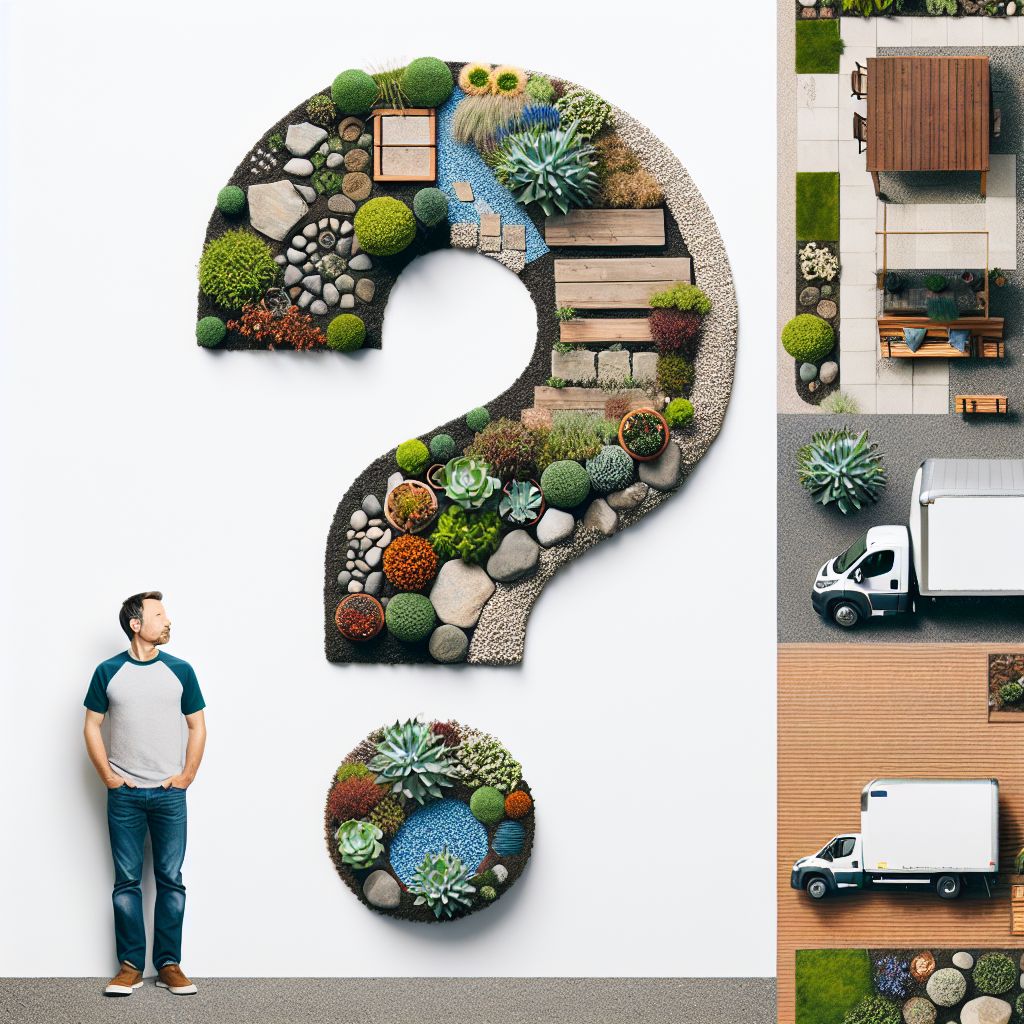
Key Takeaways
- New Jersey native plants are key to creating a low-maintenance, wildlife-friendly yard.
- These plants are adapted to the local climate and soil, requiring less water and no fertilizers.
- Native flora supports local ecosystems, providing habitats and food for wildlife.
- Understanding your yard’s conditions is essential for choosing the right native plants.
- Native plants offer a unique beauty and a sense of place, contributing to a sustainable future.
Why Embrace the Garden State’s Flora?
Embracing native plants means more than just cultivating a garden; it’s about connecting with the essence of New Jersey. These plants have thrived through hot summers and cold winters, in sandy shores and dense forests. They’re resilient, they’re beautiful, and they belong here.
The Advantages of Going Native in Your Garden
Imagine a garden that grows lush with minimal effort, where the colors and textures change with the seasons, all while supporting the local birds, bees, and butterflies. This is the promise of a native plant garden. Besides that, it’s a garden that saves you time and money, as these plants require less water, no fertilizers, and are naturally resistant to local pests and diseases.
Supporting Local Wildlife: Every Plant Counts
Every native plant you add to your garden is a lifeline to local wildlife. It’s a source of nectar for a hummingbird, shelter for a frog, or a nesting spot for a songbird. Your choice to grow native is a choice to preserve and protect the natural heritage of New Jersey.
But it’s not just about the wildlife. It’s about water conservation, reducing your carbon footprint, and fostering a deeper connection with the land. New Jersey’s native plants have spent thousands of years adapting to the local environment, and they offer a harmony that simply can’t be matched by imported species.
Now, let’s move on to how you can select and care for these natural treasures in your own backyard.
Selecting the Right Native Plant for Your Yard
Now, you might be thinking, “Where do I start?” The first step is to get to know your yard. Look at the sunlight patterns throughout the day, feel the soil, notice the areas that stay wet longer, and the spots that dry out quickly. These are the clues that will lead you to the perfect native plants for your space.
Understanding Your Garden’s Conditions
Each corner of your yard offers a unique microenvironment, and New Jersey’s native plants have adapted to thrive in each one. Whether you have a sunny, dry spot that’s perfect for a Butterfly Milkweed, or a shaded area where ferns and wildflowers like Trillium and Jack-in-the-pulpit can flourish, there’s a native plant that’s suited for every condition.
Here’s what you should consider:
- Sunlight: Full sun, partial shade, or full shade?
- Soil type: Is it sandy, clay, loamy, or rocky?
- Moisture: Does the area stay wet, or does it drain well?
Once you’ve mapped out your yard’s conditions, you can select plants that will not only survive but thrive.
Top Native Plants for Various Garden Settings
Whether you’re looking to attract wildlife, create a lush green haven, or add a splash of color, there’s a native plant for every purpose. Here are a few favorites:
- For Sun-Lovers: Black-eyed Susan and Purple Coneflower
- For Shade Dwellers: Solomon’s Seal and Red Columbine
- For Wet Areas: Swamp Milkweed and Joe-Pye Weed
- For Dry Spots: Bearberry and Little Bluestem
These plants are not just beautiful; they’re practical. They’ve adapted to New Jersey’s climate, which means they’re more likely to survive with less care than non-native species.
Caring for Your Native Plants: Tips and Tricks
Once you’ve chosen your native plants, it’s time to help them get settled. While these plants are low-maintenance, they do need some care to start off on the right foot.
Water Wise: Meeting Your Plants’ Needs
Native plants are accustomed to the local rainfall patterns, but during their first year, they’ll need a little extra water to establish their roots. Once established, they’ll often thrive with the water nature provides. Here’s a tip: water deeply but infrequently, to encourage strong root growth.
The Sunlight Factor: Where to Plant for Success
Sunlight is key. Plant your sun-loving natives where they’ll get full exposure, and tuck your shade-loving plants under the canopy of trees or on the north side of your home. Remember, the right plant in the right place is the mantra for a thriving garden.
And don’t forget to mulch. A layer of natural mulch, like shredded leaves or pine needles, will help retain moisture, suppress weeds, and add nutrients to the soil as it breaks down.
The Low-Maintenance Beauty of Native Plants
One of the joys of native plants is their effortless beauty. They provide a sense of place, a connection to New Jersey’s natural heritage. Plus, they’re a sustainable choice that benefits the environment and local wildlife.
Longevity in the Garden: What to Expect
Native plants are in it for the long haul. Once established, they can outlive many non-native species, becoming a permanent fixture in your garden. They’ll grow stronger and more resilient with each passing year, with minimal care from you.
Keeping Your Garden Thrifty: Price Points of Native Plants
Starting a native plant garden is not only environmentally savvy but also economical. Most native plants are cost-effective, especially when you consider the savings on water, fertilizers, and pesticides. Plus, many local nurseries and plant swaps offer native plants at reasonable prices or even for free.
By choosing New Jersey native plants, you’re not just gardening; you’re stewarding a piece of the ecosystem. You’re creating a legacy that will provide beauty, sustenance, and shelter for generations to come. So, go ahead, plant a native, and watch your garden come alive.

FAQ
How do I start transitioning my yard to native plants?
Transitioning to a native plant yard is like embarking on an exciting journey back to nature. Start by assessing your current garden: what plants are thriving and which ones are struggling? Remove any invasive species that may be crowding out native plants. Next, introduce native plants gradually, choosing a few species that are known to be hardy and well-adapted to your area. It’s like making new friends—start with a few and build your relationships over time.
Remember, the goal isn’t to overhaul your garden overnight but to make thoughtful, sustainable changes. You might begin by dedicating a section of your garden to native plants and slowly expanding. Also, consider attending local plant swaps or sales, which can be a great source for native plants and advice from seasoned gardeners in your community.
Are native plants resistant to local pests and diseases?
One of the superpowers of native plants is their built-in resistance to many local pests and diseases. They’ve spent generations adapting to the challenges of their environment, which means they’re naturally equipped to stand up to many of the things that might take down less hardy plants. This doesn’t mean they’re invincible, but they often require less intervention and fewer chemical treatments than non-native species.
For instance, the New Jersey Tea plant is known for its resilience and is rarely troubled by pests, making it a low-maintenance choice for gardeners. This kind of natural pest resistance is a win-win: it’s better for the plants, and it’s better for the environment.
Remember, native plants are the original residents of your garden’s ecosystem. They’ve had time to build defenses and form symbiotic relationships with beneficial insects and microorganisms. This makes them more resistant to the issues that often plague non-native plants.
Moreover, by fostering a diverse native plant garden, you create a healthy ecosystem that naturally keeps pest populations in check, reducing the need for pesticides.
What native plants are best for attracting butterflies and bees?
If you’re looking to invite a flutter of wings and a buzz of activity to your garden, planting native species like Purple Coneflower, Butterfly Weed, and Joe-Pye Weed is the way to go. These plants are like a beacon to butterflies and bees, offering rich nectar and vital habitat. It’s not just about beauty; these pollinators play a crucial role in the health of your garden and the broader environment.
And let’s not forget about the caterpillars. Plants like Milkweed are essential for monarch butterflies, serving as the sole food source for their larvae. By planting Milkweed, you’re providing a lifeline for these majestic creatures.
Can native plants thrive in urban environments?
Yes, absolutely! Native plants aren’t just for sprawling meadows and forest edges; they can adapt remarkably well to urban settings. Take the Eastern Redbud tree, for example. It’s a native species that not only tolerates the compacted soils and limited space of city living but also adds a splash of color with its vibrant pink blossoms.
Urban gardens are essential refuges for wildlife and can serve as vital links in the chain of habitats needed by migrating birds and insects. By choosing native plants for your urban garden, you’re contributing to a larger network of green spaces that support biodiversity and ecological health.
How do native plants contribute to water conservation in the garden?
Native plants are champions of water conservation. They’ve evolved to make the most of New Jersey’s rainfall patterns, and once established, they often require little to no additional watering. This natural efficiency means that by gardening with native plants, you’re reducing the demand on our water supply—a crucial consideration in today’s changing climate.
Furthermore, native plants help manage stormwater runoff. Their deep root systems allow water to percolate into the soil, replenishing groundwater and reducing erosion. It’s a beautiful cycle: the plants take care of the water, the water takes care of the plants, and together, they take care of us.
In the end, cultivating a garden with New Jersey native plants is about more than just aesthetics; it’s about stewardship. It’s about creating a space that nurtures life and contributes to the health of our planet. So, take that first step, plant a native, and watch as your garden becomes a vibrant part of New Jersey’s living tapestry.




Leave a Reply